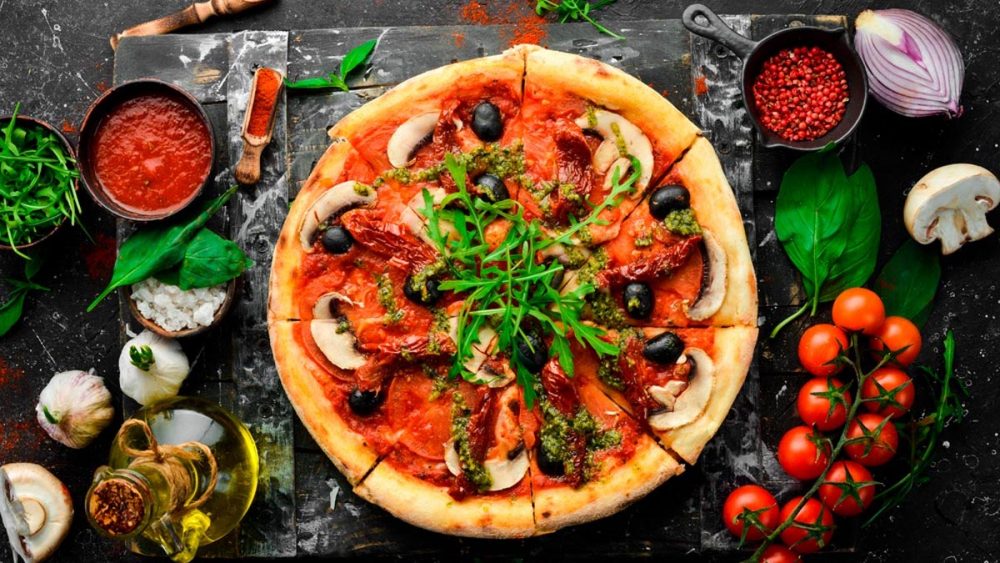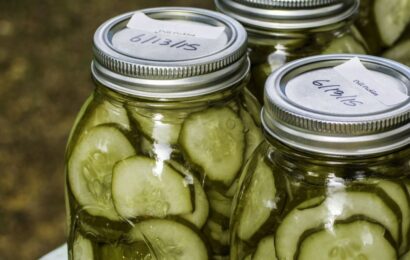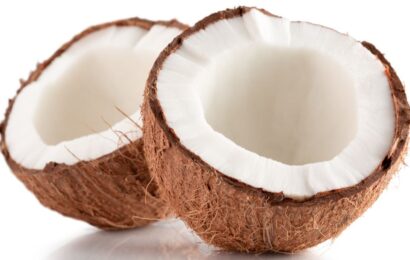It’s easy to have a love-hate relationship with pizza. The combination of gooey cheese, tomato sauce, and a crispy crust is irresistible, but the after-effects of the calories, carbs, and sodium are, well, disappointing, to put it mildly. Is pizza off limits if you have diabetes? And if not, how can you enjoy a slice (or two) without sending blood sugars through the roof?
History of pizza
People throughout the ages have been loving pizza long before there was Domino’s or your local pizza parlor. The early version of pizza was more like a flatbread and was enjoyed by the ancient Egyptians, Greeks, and Romans.
But according to History.com, Naples was really the birthplace of pizza. A version of pizza garnished with tomatoes, cheese, oil, garlic, and anchovies was sold by street vendors to the peasants in Naples. Queen Margherita visited Naples in 1889 and enjoyed a pie topped with soft mozzarella, tomatoes, and basil (colors of the Italian flag) — the classic “Margherita pizza” was born.
Pizza reached cities in the United States in the late 19th and 20th centuries, thanks to Italian and Greek immigrants, and the love spread throughout the country after World War II. Today, there are many styles of pizza to choose from, ranging from New York-style to Chicago deep-dish to New Haven-style to Greek-style. And while traditional toppings such as pepperoni, mushrooms, and onions rank high on the popularity list, you can find plenty of nonconventional toppings, too — how does bacon pickle pizza, Buffalo chicken pizza, or beet pesto and goat cheese pizza grab you? There’s a pizza for just about everyone.
Pizza and diabetes
If you have diabetes, you can eat pizza, if you wish. But a few slices, let alone a whole pie, can often make it tricky to keep blood sugars within a reasonable range. You can thank the carbohydrate and fat content for that.
The thicker the crust, the higher the carb content of your slice. And unless your crust happens to be a whole-grain crust or even a non-grain crust (for example, a cauliflower crust), the refined white flour can pack a pretty hefty glycemic punch. The tomato sauce might contain added sugar, adding even more carbs.
And then there’s the fat from the cheese, olive oil, and potentially toppings such pepperoni, sausage, bacon, etc. Some of the fat is saturated, which your arteries don’t like. But fat, in general, slows down digestion, which means that the carbs don’t kick in until much later (so THAT’s why my blood sugars are higher the next morning, you may be thinking).
Finally, the sodium content of pizza can cause its own set of challenges, especially if you have high blood pressure or are prone to retaining fluid.
To get cutting-edge diabetes news, strategies for blood glucose management, nutrition tips, healthy recipes, and more delivered straight to your inbox, sign up for our free newsletters!
Pizza nutrition
With so many types of pizza available, it’s difficult to provide a precise nutrition profile of a slice of pizza. Nutrition information is more readily available for fast food and frozen pizza. Let’s look at a few examples:
1 slice pepperoni Pizza Hut 12″ medium pan pizza
- 250 calories
- 4.5 grams of saturated fat
- 26 grams of carbohydrate
- 11 grams of protein
- 590 milligrams (mg) sodium
1 slice Veggie Lover’s Pizza Hut 14″ large pan pizza
- 330 calories
- 5 grams of saturated fat
- 38 grams of carbohydrate
- 13 grams of protein
- 690 mg of sodium
The amount of calories, saturated fat, and carb aren’t astronomical, but again, the serving size is one slice. Imagine how quickly everything adds up if you eat two, three, or more slices. And the sodium content for even one slice is pretty high.
Is frozen pizza any healthier? Here’s a look at a popular brand:
1 slice DiGiorno Five Cheese Stuffed Crust
- 310 calories
- 9 grams of saturated fat
- 28 grams of carbohydrate
- 15 grams of protein
- 640 mg of sodium
One might think the saturated fat would be higher in a pizza with two feet of cheese stuffed into the crust. But again, it boils down to the serving size.
Maybe a cauliflower crust pizza will improve pizza nutrition significantly?:
½ Caulipower Margherita Stone-fired Cauliflower Crust Pizza
- 350 calories
- 5 grams of saturated fat
- 44 grams of carbohydrate
- 12 grams of protein
- 540 mg of sodium
Granted, the serving size is half a pizza, which amounts to four slices. All in all, not too bad. And the pizza is gluten-free, thanks to the cauliflower crust.
Pizza take-aways
If you’re a pizza lover, don’t despair. You can still eat it! Here are a few tips to enjoy it without feeling guilty or seeing high readings on your meter or CGM hours later.
- Be reasonable with the portion. One way to do that is add some lower-carb foods to your pizza meal — say, a salad or other veggies. You might even pair pizza with a protein food, such as some chicken, fish, or lean meat.
- Choose a thinner-crust pizza with vegetable or grilled chicken for toppings to lessen the calories and carbs.
- Pay attention to how pizza impacts your blood sugars. One way to do this is to try paired checking — this means checking your blood sugar before you start eating pizza and then checking two hours later. You might even do another blood sugar check four to six hours later, too.
- If you take mealtime insulin, ask your dietitian or diabetes educator on advice about adjusting your insulin if you plan on eating more than a few slices — and how to deal with the delayed rise in blood sugar due to the fat in the pizza.
- Plan to do some physical activity after a pizza meal — this can help lessen pizza’s impact on your blood sugars.
Want to learn more about eating well with diabetes? Read “Strategies for Healthy Eating,” “Improving Your Recipes: One Step at a Time,” and “What Is the Best Diet for Diabetes?”





